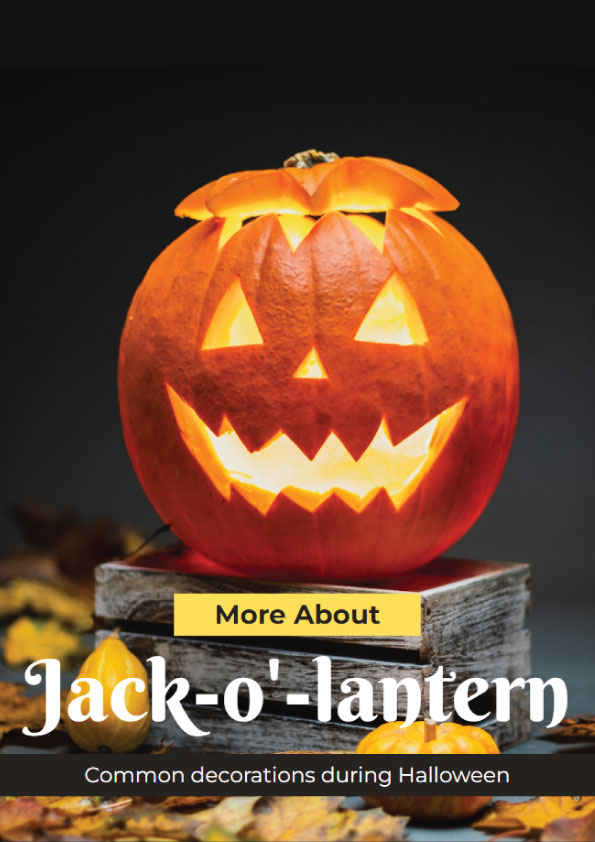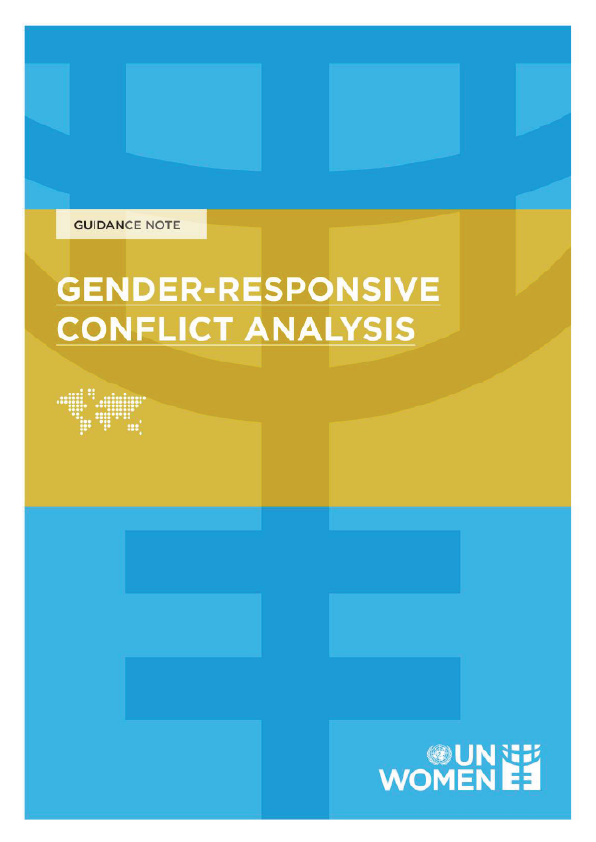What is jack-o’-lantern?
A jack-o’-lantern (or jack o’lantern) is a carved turnip, pumpkin or other root vegetable lantern, commonly associated with the Halloween holiday. Its name comes from the reported phenomenon of strange lights flickering over peat bogs, called will-o’-the-wisps or jack-o’-lanterns. The name is also tied to the Irish legend of Stingy Jack, a drunkard who bargains with Satan and is doomed to roam the Earth with only a hollowed turnip to light his way.
Jack-o’-lanterns carved from pumpkins are a yearly Halloween tradition that developed in the United States when Irish immigrants brought their root vegetable carving tradition with them.
In a jack-o’-lantern, the top of the pumpkin or turnip is cut off to form a lid, the inside flesh is scooped out, and an image—usually a scary or funny face—is carved out of the rind to expose the hollow interior. To create the lantern effect, a light source, traditionally a flame such as a candle or tealight, is placed within before the lid is closed. However, artificial jack-o’-lanterns with electric lights are also marketed. It is common to see jack-o’-lanterns used as external and internal decorations prior to and on Halloween.
Etymology
The term jack-o’-lantern was originally used to describe the visual phenomenon ignis fatuus (lit., “foolish fire”) known as a will-o’-the-wisp in English folklore. Used especially in East England, its earliest known use dates to the 1660s. The term “will-o’-the-wisp” uses “wisp” (a bundle of sticks or paper sometimes used as a torch) and the proper name “Will”: thus, “Will-of-the-torch.” The term jack o’lantern is of the same construction: “Jack of [the] lantern.”
World records
Most jack-o’-lanterns carved and lit in one place
For a long time, Keene, New Hampshire, held the world record for most jack-o’-lanterns carved and lit in one place. The Life is Good Company teamed up with Camp Sunshine,a camp for children with life-threatening illnesses and their families, to break the record. A record was set on October 21, 2006, when 30,128 jack-o’-lanterns were simultaneously lit on Boston Common in downtown Boston, Massachusetts. Highwood, Illinois, tried to set the record on October 31, 2011, with an unofficial count of 30,919 but did not follow the Guinness regulations, so the achievement did not count.
On October 19, 2013, Keene, New Hampshire, broke the Boston record and reclaimed the world record for most lit jack-o’-lanterns on display (30,581). Keene has now broken the record eight times since the original attempt.
Origin
The carving of vegetables has been a common practice in many parts of the world. It is believed that the custom of making jack-o’-lanterns at Halloween time began in Ireland. In the 19th century, “turnips or mangel wurzels, hollowed out to act as lanterns and often carved with grotesque faces,” were used on Halloween in parts of Ireland and the Scottish Highlands. In these Gaelic-speaking regions, Halloween was also the festival of Samhain and was seen as a time when supernatural beings (the Aos Sí), and the souls of the dead, walked the earth. Jack-o’-lanterns were also made at Halloween time in Somerset, England (see Punkie Night) during the 19th century.
By those who made them, the lanterns were said to represent either spirits or supernatural beings, or were used to ward off evil spirits. For example, sometimes they were used by Halloween participants to frighten people, and sometimes they were set on windowsills to keep harmful spirits out of one’s home. It has also been suggested that the jack-o’-lanterns originally represented Christian souls in purgatory, as Halloween is the eve of All Saints’ Day (1 November)/All Souls’ Day (2 November).
On January 16 in 1836, the Dublin Penny Journal published a long story on the legend of “Jack-o’-the-Lantern”, although this does not mention the lantern being carved from a vegetable. In 1837, the Limerick Chronicle refers to a local pub holding a carved gourd competition and presenting a prize to “the best crown of Jack McLantern”. The term “McLantern” also appears in an 1841 publication of the same paper.
There is also evidence that turnips were used to carve what was called a “Hoberdy’s Lantern” in Worcestershire, England, at the end of the 18th century. The folklorist Jabez Allies outlines other derivations of the name, “Hobany’s”, which is most likely derived from “Hob and his”, with other variations including “Hob-o’-Lantern”, “Hobbedy’s Lantern” and “Hobbady-lantern”.











